6. Howl by Rob Epstein
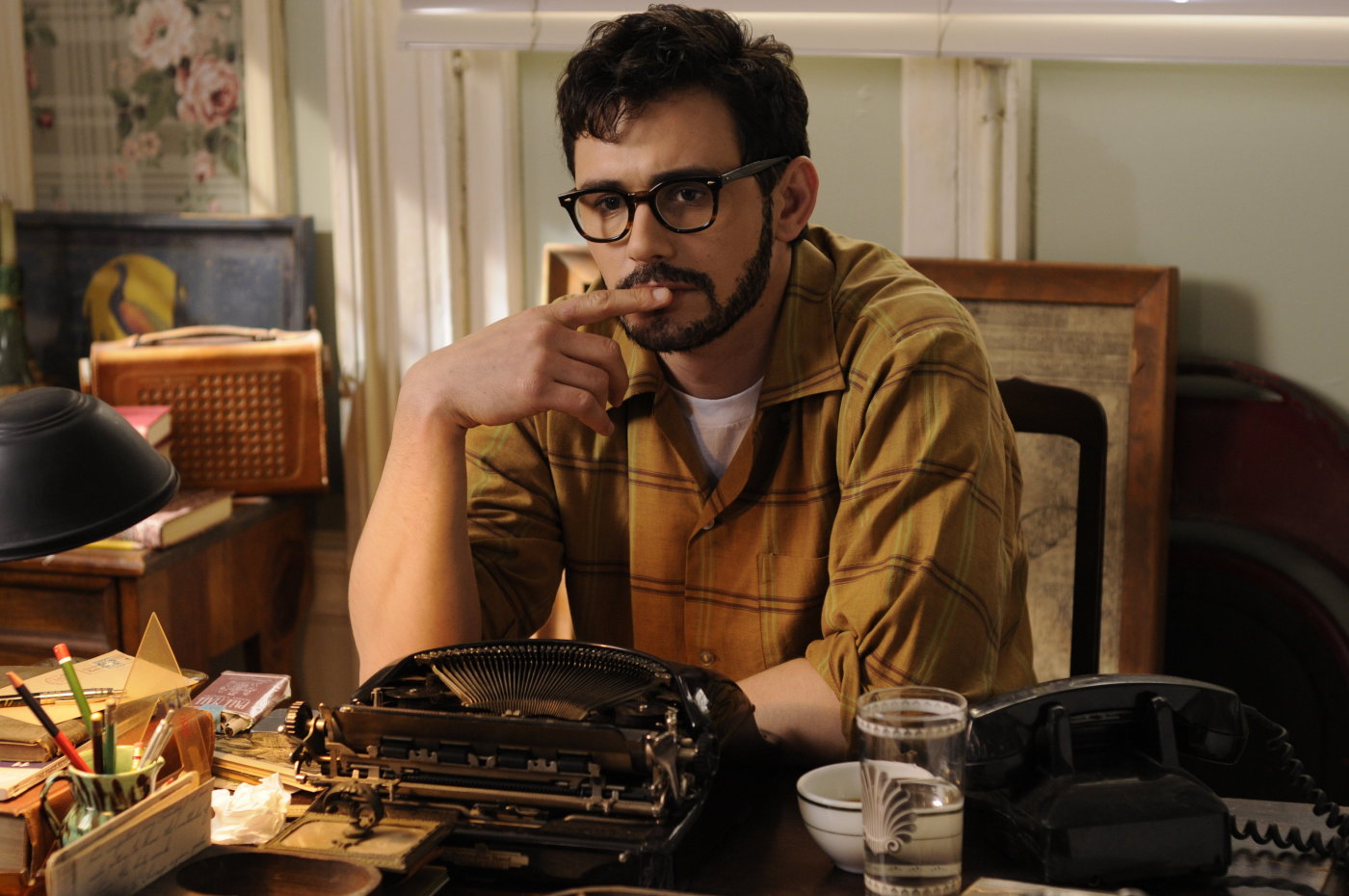
Many could say a film adaptation of Allen Ginsberg’s masterpiece, Howl (probably the most representative work of the beat generation), would be impossible to direct. However, that goes for most poems, as they usually don’t have a clear, plain story or characters. Howl makes no exception. American beatnik writer describes in a quite intense manner the destruction of his generation, its causes and effects.
Rob Epstein’s Howl (2010) didn’t and won’t get half the attention Ginsberg’s work did. Although James Franco gave one of the most honest interpretations, the film is just a chaotic struggle to represent Ginsberg’s way of life and relationship to art and audiences in general.
The film also contains animated parts which are juxtaposed over Franco’s interpretation of Howl. Even though the animations represent the images created by Ginsberg, the constant interruption of the reading makes it lose its substance.
The ‘flaw’ of this movie is the director’s constant struggle to cover a lot of aspects that concerned the artist’s life and work. A plain documentary would have probably been a better choice.
7. Blancanieves by Pablo Berger
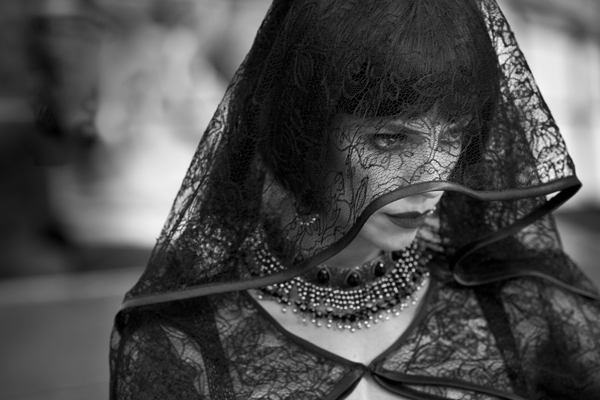
To direct a silent, black and white film in 2012 is not only a cinematographic surprise (prepared by Hazanavicius’s The Artist from the previous year), but also an experience that could be compared to the first 3-D experiences. The audience isn’t quite used to the future technology, but much less with a cinematographic language that’s been dead and gone for some good decades.
Pablo Berger’s Spanish adaptation of the Grimms Brothers Snow White sets the plot in the 1920’s Andalusia. The film abounds in images of Spanish traditions (bullfighting, Spanish traditional dances and music). Carmen (Macarena García) takes the role of Snow White, as her mother died at birth while her father was severely injured by a bull during a bullfight.
He marries his nurse, an evil woman (Maribel Verdù) who is only after fame and money. Carmen wakes up after her stepmother’s failed attempt of having her murdered, but remembers nothing about her past. She becomes a bullfighter living with ‘the seven dwarves`, the ones who rescued her.
A lot of Snow White symbols and plot elements are kept and used in the movie: her stepmother arranges for someone to murder her; she ends up living with seven dwarves, her stepmother finds out that she’s still alive and tries to kill her again by offering her a poisoned apple. However, the Spanish adaptation is a more realistic one: Carmen doesn’t wake up with the help of some miraculous kiss.
The silent black and white ‘version’ of Snow White is not only a tribute or a homage brought to silent cinema, but also an alternative narration of the famous fairytale which shows once again that some characters are universally and forever valid.
8. Red Riding Hood by Catherine Hardwicke
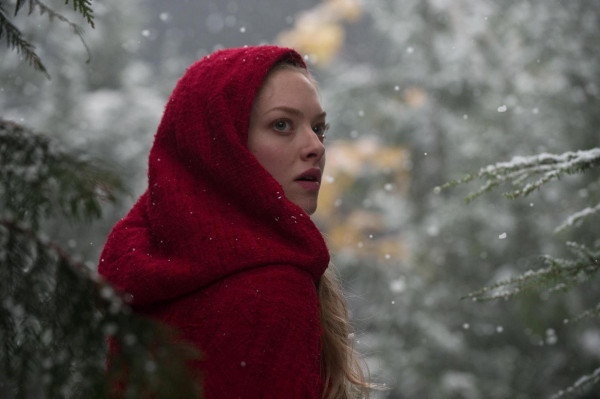
Little Red Riding Hood (first published by Charles Perrault) is one of the first bedtime stories you ever heard and it sure marked everyone’s childhood in one way or another. A little girl is sent by her mother to take some food to her grandmother who lives in the forests. She’s told not to deviate from the path, but, of course, she naively begins talking to the Big Bad Wolf who manipulates her into wasting some time until he goes and eats her grandmother. The story has more than one version, but the plot is mainly the same.
Hardwicke’s adaptation of Red Riding Hood is, first of all, based on an enriched screenplay: Valerie (Amanda Seyfried), the main character, is a teenager in love with the village’s woodcutter, but who is promised by her parents to another man.
The plot thickens and develops in a quite horrifying manner, as the Wolf, a constant threat to the villagers, kills some of them. The men try to hunt him down, but fail to catch the real monster. Little Red Riding Hood is merely a start point for the idea of Hardwicke’s movie.
The complicated relationships between the characters and the horrifying atmosphere and paranoia brought in the village are not something a children’s story would suggest. However, if we were to think about all the children’s fairytales, there’s always something quite monstrous and scary about them.
9. Vinyl by Andy Warhol
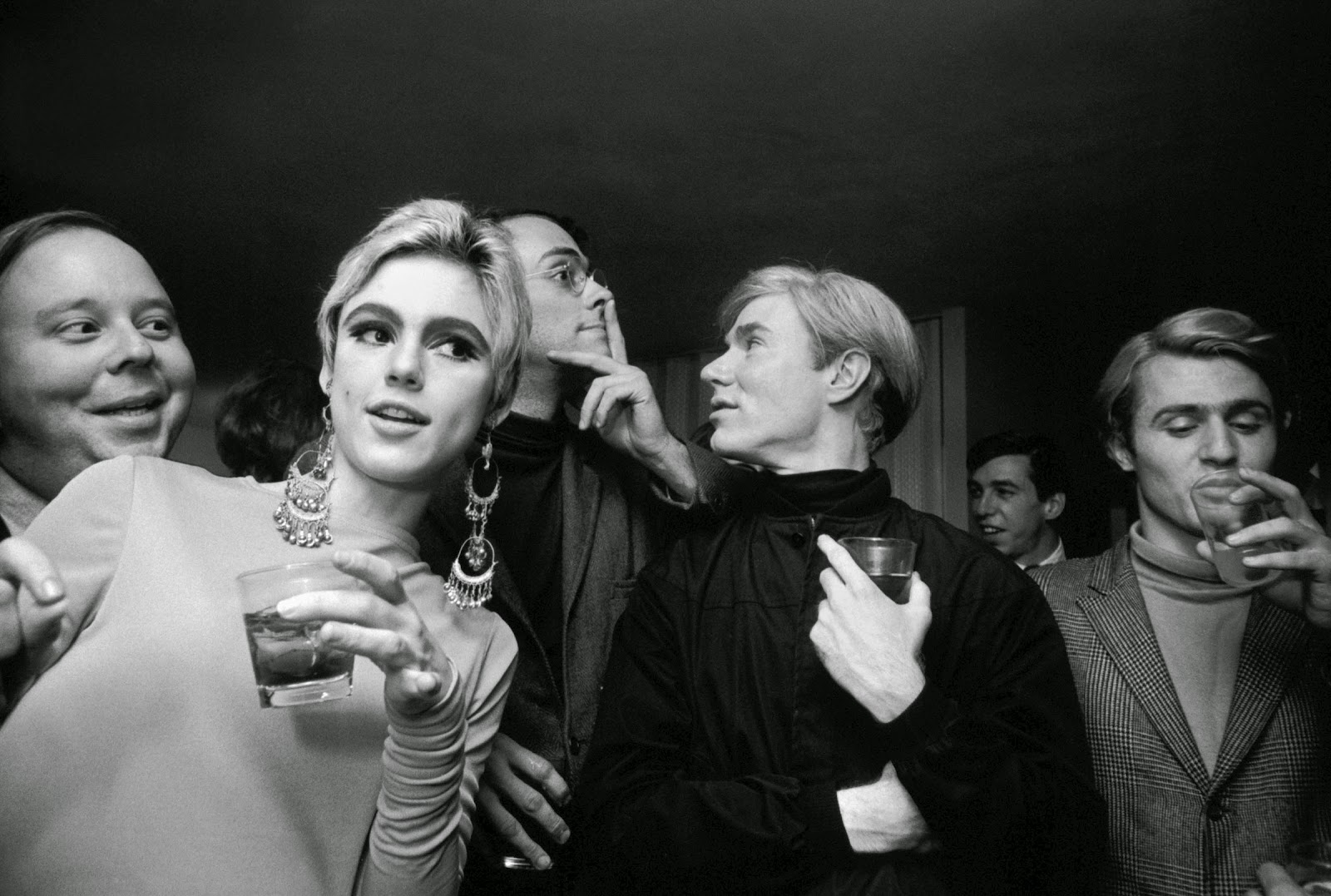
Before Stanley Kubrick’s masterpiece, A Clockwork Orange (1971), American artist Andy Warhol put his fingerprint on experimental cinema with this loose adaptation of Anthony Burgess’s book. Warhol is widely known for his major contribution to pop art and especially for his illustrations.
Therefore, it is not so much known that the pop artist also experimented with cinema: in 1964 Warhol filmed The Empire State Building and released an eight hour long film consisting of a single frame. The artist’s cinematographic experiments are, in any case, not something a large audience could get accustomed to and 1965 Vinyl makes no exception.
No one could tell if Vinyl is really based on Burgess’s novel. The film follows no particular plot, the characters are not the ones from the book and the only elements that could connect these two works of art are the presentation of aggression and the main character’s offensive, sarcastic tone. However, the piece of cinema would be interesting to watch, at least for the curiosity of how experimental cinema of the 60’s was created.
10. The Wiz by Sidney Lumet
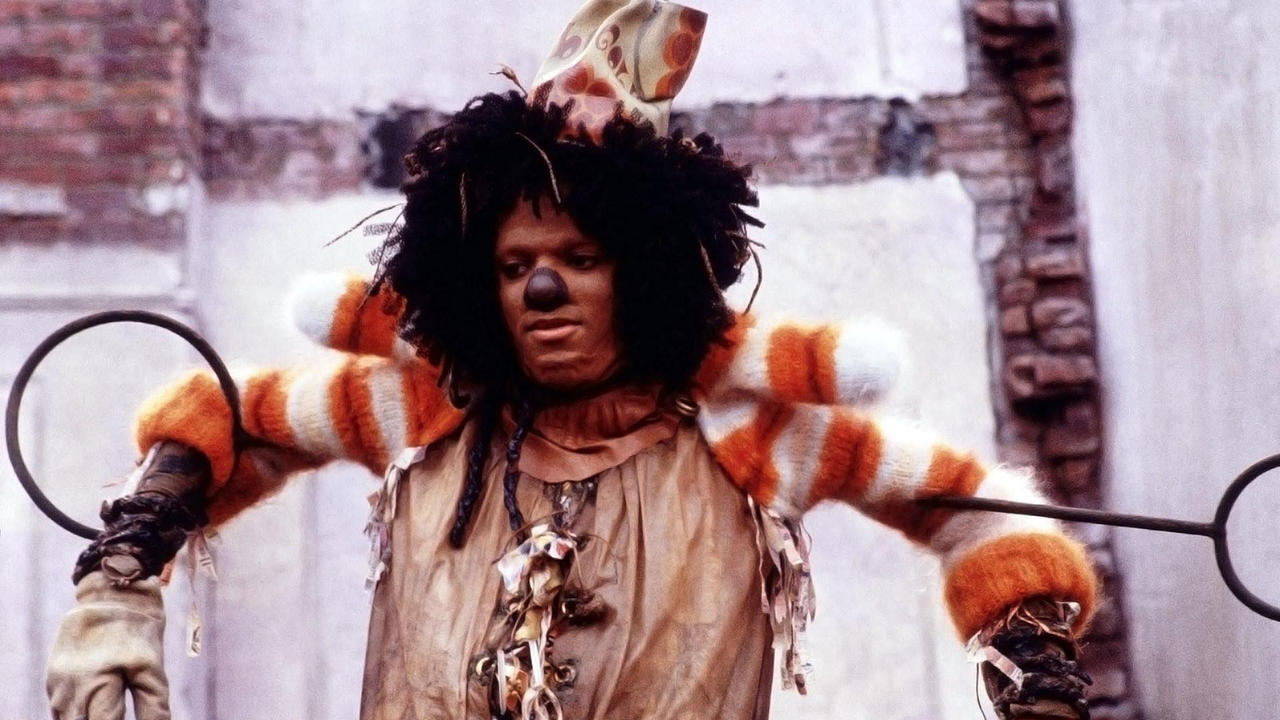
It’s not unusual for directors to take a children’s book and turn it into a successful musical. Stories, children, music, rhymes and joyful characters make a perfect recipe for a good, enjoyable film or play. However, not all musicals based on harmless, children’s stories are actually for children… Bud Townsend’s 1976 erotic musical Alice in Wonderland: An X-rated Musical Comedy is probably not something you’d want to watch with your kid on a Sunday afternoon at home.
Sidney’s Lumet The Wiz (1978) is an atypical adaptation of L. Frank Baum’s The Wizard of Oz, mostly because of its cast and setting. The movie takes place in the 70’s Harlem and the cast is mainly composed of African-American actors who are basically singers: Diana Ross plays Dorothy, Michael Jackson plays the Scarecrow and jazz singer Lena Mary Calhoun Horne plays The Good Witch.
The film follows Baum’s original narrative structure, but ‘sprinkles’ it with music, a disco vibe and a specific African-American slang. Also, the setting is often filled with graffiti walls and other urban images of the late 70’s America. All the places Dorothy and her friends visit are analogues of real places from the United States: the Emerald City, for example, is actually represented by the World Trade Center Plaza.
Leaving all these differences behind, what makes The Wiz a totally unusual adaptation is the age of the main character. While everyone is used with the fact that Dorothy is only a child who must overcome some obstacles in order to become an initiated, stronger person, the Dorothy from The Wiz is a twenty-four-year-old school teacher. Of course, initiatory adventure stories apply to all ages, but this fact must have significantly changed the story’s target audience.